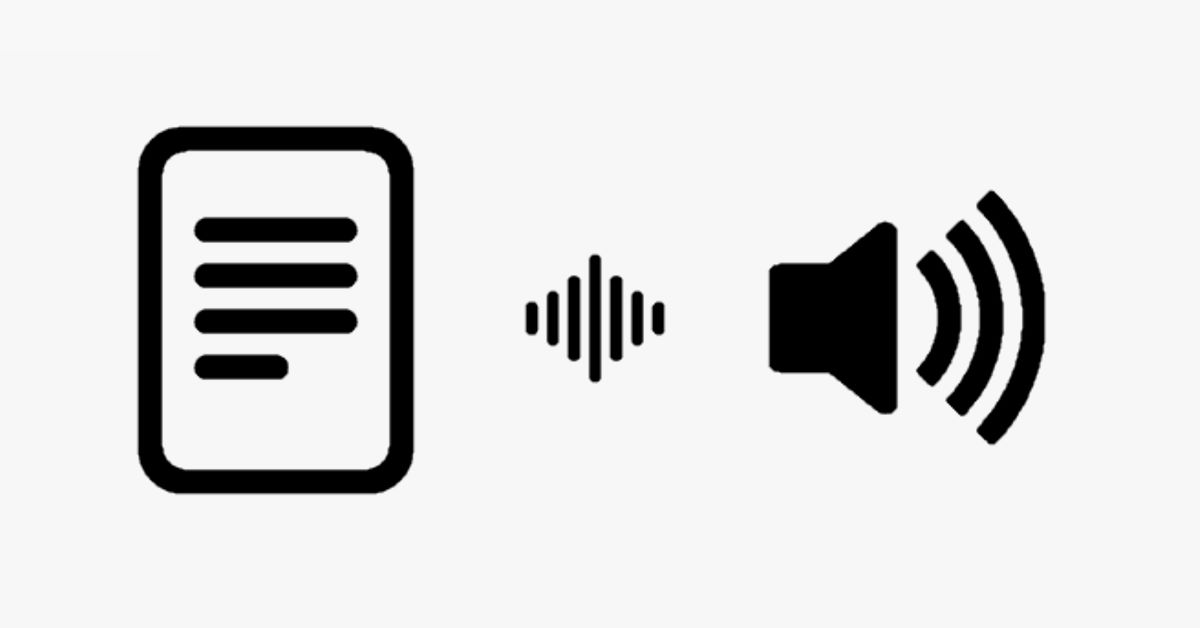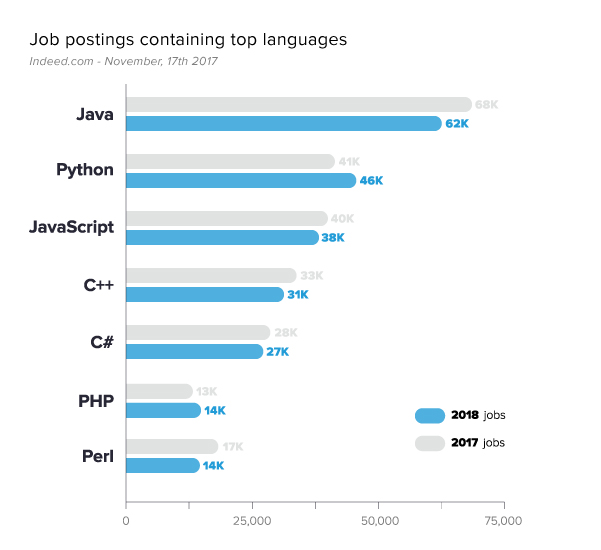
Enhancing Accessibility and Communication
In today’s digital age, technology has transformed the way we interact with information. From smartphones to smart speakers, technological innovations have made it easier than ever to access and consume content. One such innovation that has significantly impacted the accessibility and communication landscape is “Tech tech luver to Speech” technology.
Evolution of Text-to-Speech Technology
Text-to-Speech (TTS) technology has come a long way since its inception. Initially developed as a means to assist individuals with visual impairments, early TTS systems produced robotic and unnatural-sounding speech. However, with advancements in machine learning and natural language processing, modern TTS systems have achieved remarkable levels of accuracy and naturalness.
Early Developments
The history of TTS can be traced back to the 1950s when researchers began exploring ways to convert text into speech. Early systems relied on simple rule-based algorithms to synthesize speech, resulting in limited functionality and poor quality output.
Advancements in Recent Years
In recent years, significant strides have been made in TTS technology, thanks to breakthroughs in deep learning and neural networks. These advancements have led to the development of sophisticated TTS models capable of generating human-like speech with unparalleled accuracy and expressiveness.
How Tech to Speech Works
Tech to Speech technology operates on the principle of converting text into spoken language using algorithms and synthetic speech models. The process involves several components, including text analysis, linguistic processing, and audio synthesis.
Basic Principles
At its core, Tech to Speech works by analyzing input text to extract linguistic features such as phonemes, prosody, and intonation. These features are then synthesized into speech using a combination of pre-recorded human speech samples and machine-generated voices.
Components and Processes Involved
The process of converting text to speech involves multiple stages, including text normalization, linguistic analysis, prosody generation, and waveform synthesis. Each stage plays a crucial role in ensuring the accuracy and naturalness of the synthesized speech output.
Applications of Tech to Speech
Tech to Speech technology has a wide range of applications across various industries and sectors. From accessibility to entertainment, the versatility of TTS systems makes them invaluable tools for enhancing communication and interaction.
Accessibility
One of the primary applications of Tech to Speech is in making digital content accessible to individuals with visual impairments. TTS systems enable users to listen to text-based content such as books, articles, and websites, thereby providing equal access to information.
Education
In the field of education, TTS technology is used to assist students with learning disabilities or language barriers. By converting text-based learning materials into speech, TTS systems help improve comprehension and retention among students.
Entertainment
In the realm of entertainment, TTS technology is utilized in various applications such as audiobooks, virtual assistants, and voice-controlled devices. The ability to generate lifelike speech enhances user experiences and creates new opportunities for interactive entertainment.
Assistive Technology
Beyond accessibility and education, TTS technology serves as a vital tool in assistive technology devices for individuals with speech impairments or communication disorders. By synthesizing speech from text input, TTS systems enable users to communicate effectively and independently.
Benefits of Tech to Speech
The adoption of Tech to Speech technology offers numerous benefits, ranging from improved accessibility to enhanced communication experiences.
Improved Accessibility
By converting text-based content into speech, TTS technology ensures that individuals with visual impairments can access information on digital platforms with ease.
Enhanced Learning Experiences
In educational settings, TTS technology facilitates personalized learning experiences by providing students with auditory support and alternative modes of content delivery.
Multimodal Communication
Tech to Speech technology enables multimodal communication by integrating speech synthesis capabilities into various devices and applications, thereby enriching user interactions and experiences.
Challenges and Limitations
Despite its advancements, Tech to Speech technology still faces certain challenges and limitations that impact its effectiveness and usability.
Naturalness of Speech
One of the ongoing challenges in TTS technology is achieving natural-sounding speech that mimics the nuances and intonations of human speech.
Accuracy and Pronunciation
Ensuring accurate pronunciation and intonation remains a significant challenge for TTS systems, especially when dealing with complex or unfamiliar words and phrases.
Language Support
The availability of TTS systems in different languages and dialects varies, posing challenges for users who require support in languages other than English.
Future Trends in Tech to Speech
Looking ahead, the future of Tech to Speech is poised for further innovation and advancement, driven by emerging technologies and evolving user demands.
AI-driven Innovations
Advancements in artificial intelligence and machine learning are expected to drive the development of more sophisticated TTS models capable of generating highly realistic and expressive speech.
Personalization and Customization
The trend towards personalized user experiences is likely to influence the development of TTS technology, with a focus on customizing speech synthesis to match individual preferences and needs.
Conclusion
In conclusion, Tech to Speech technology has revolutionized the way we access and interact with information, offering new possibilities for accessibility, communication, and engagement. Despite facing challenges, the continuous evolution of TTS systems holds promise for a future where speech synthesis is indistinguishable from human speech.


